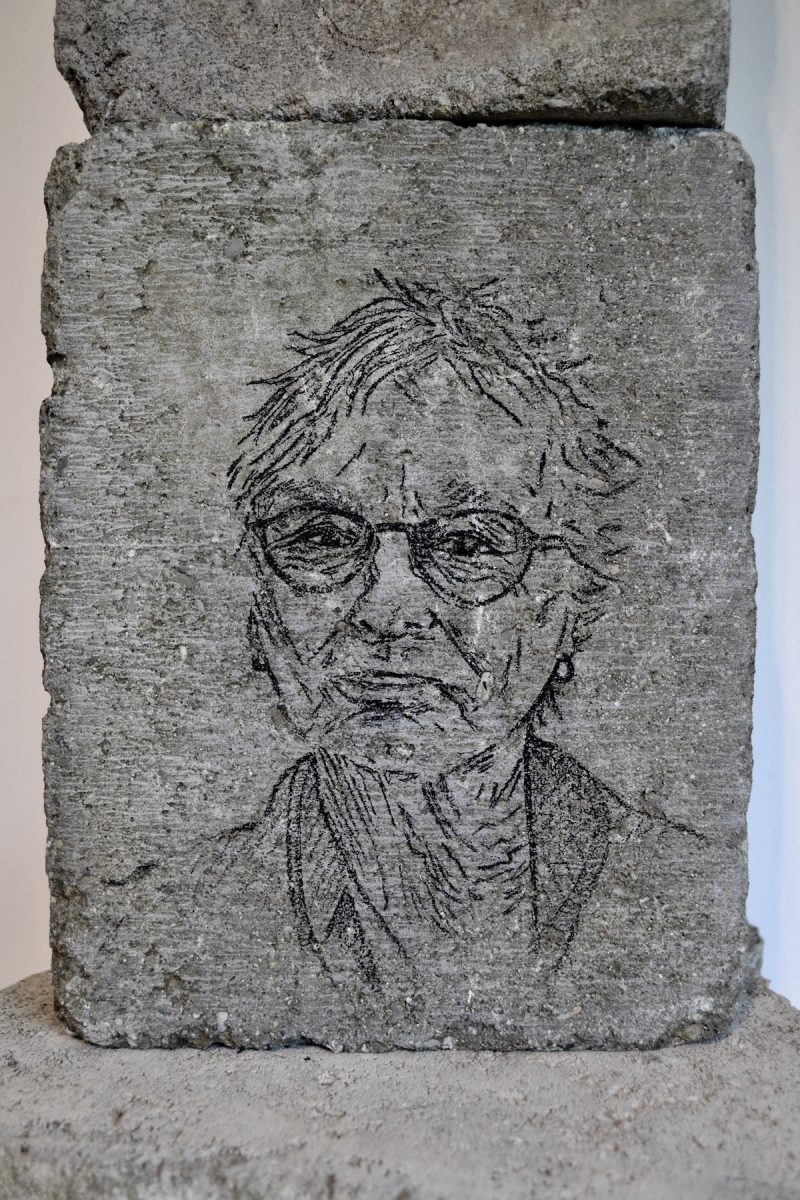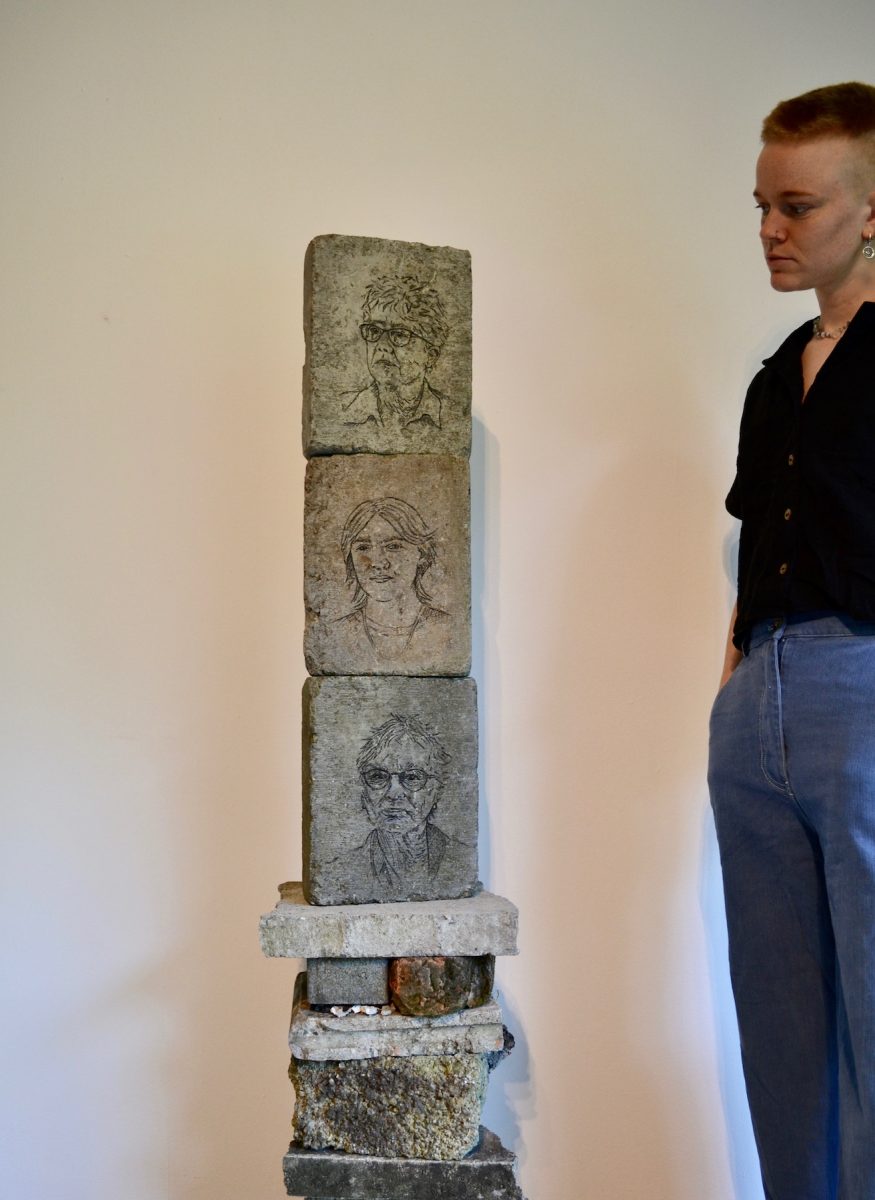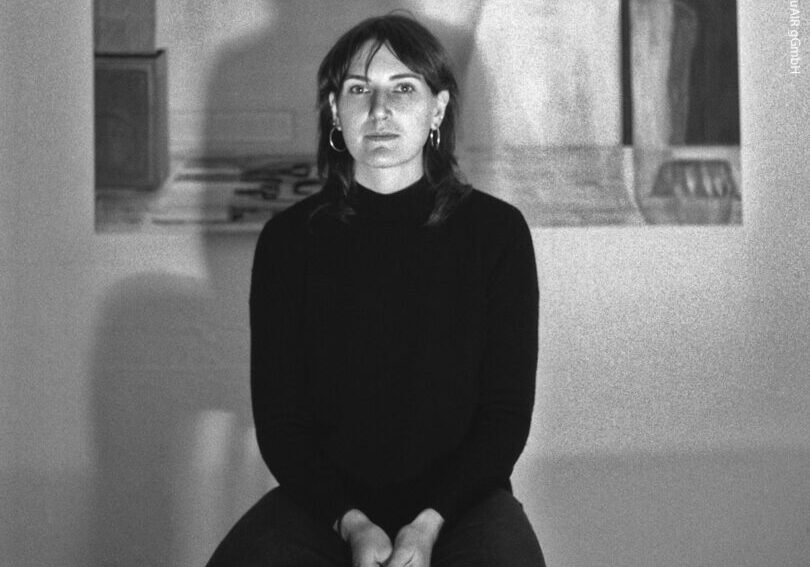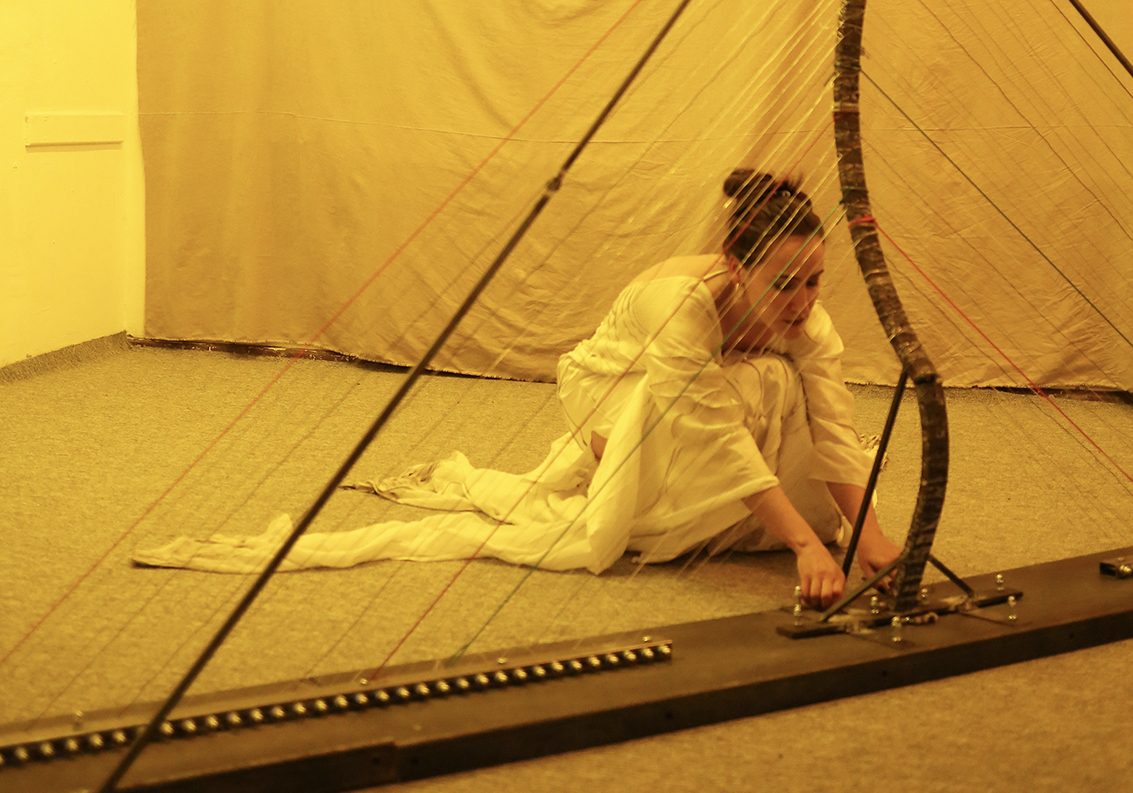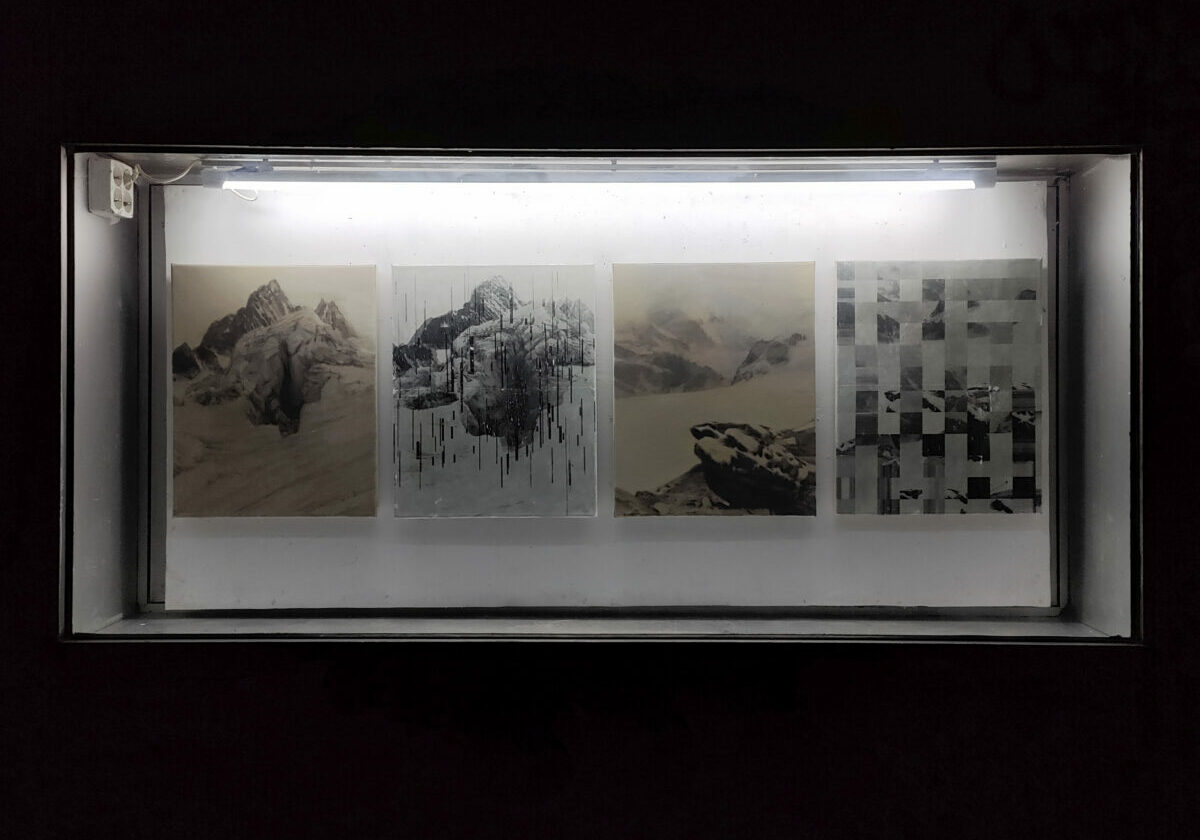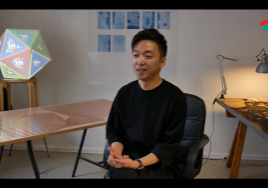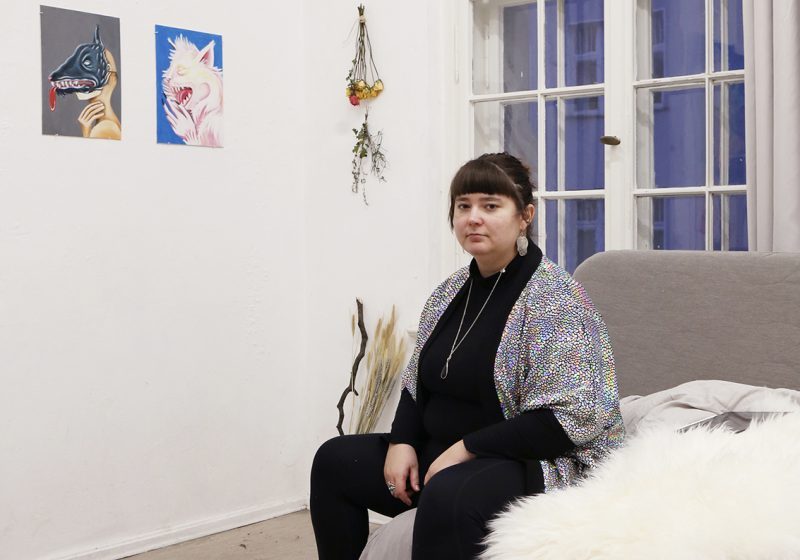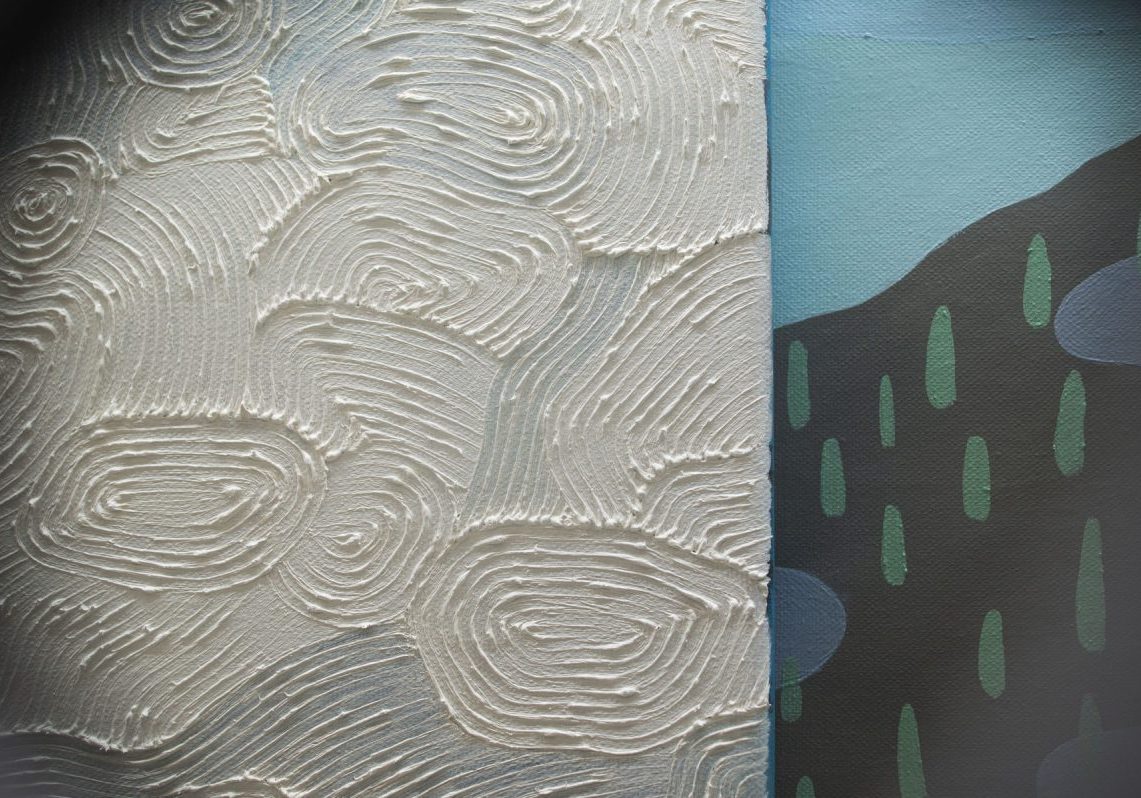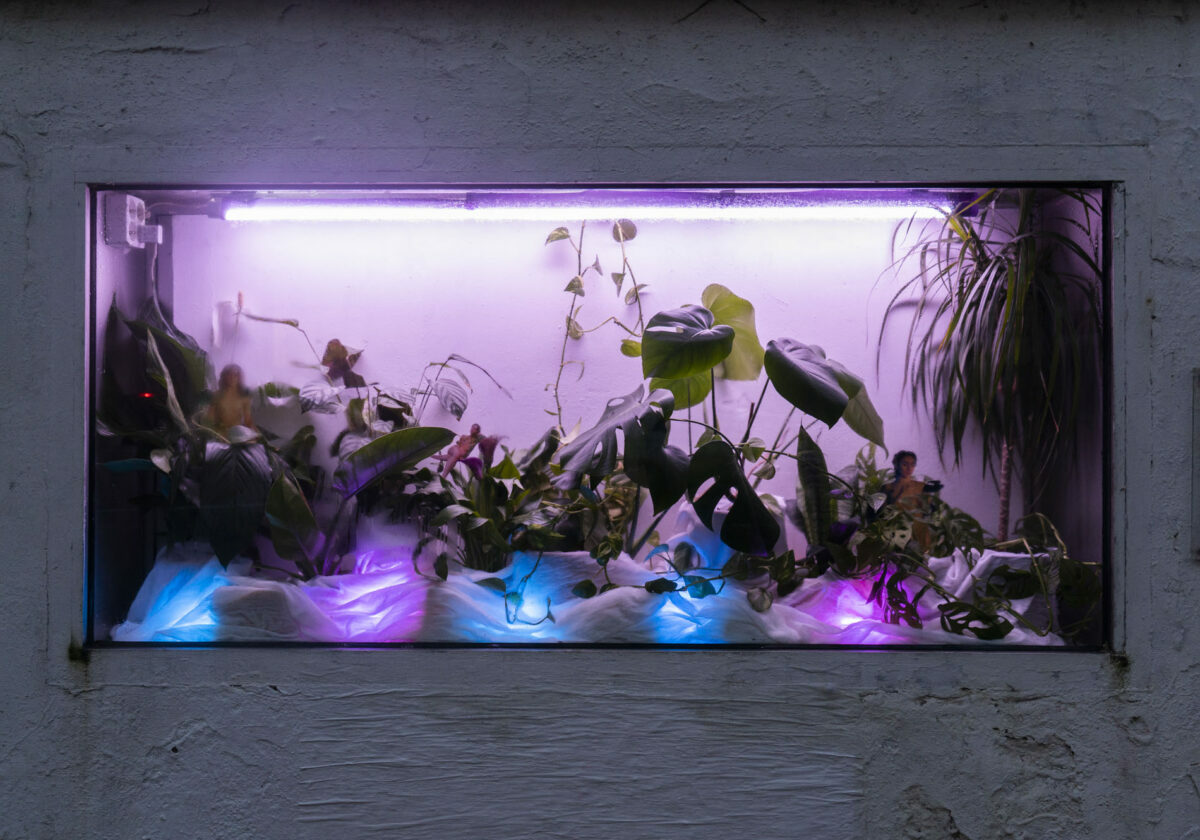Meet the On-line Artist // April Widdup
April’s practice has been focused on the political potential of art and its ability to challenge and encourage critical thinking. Envisaging an arts practice that aims to not only create, but to generate meaningful dialogue with their viewers.
Who are you?
I am an early career multidisciplinary artist from Australia, currently living and practicing in Europe. I graduated from the Australian National University, School of Art and Design in 2022, with a Bachelor of Visual Arts. During my degree, I also studied anthropology, where I became interested in how culture shapes everything including our behaviours, lifestyle, values, and even how such elements physically manifest in our rituals and how we build and design our surroundings.
How would you describe your artistic practice?
My emerging artistic practice is situated somewhere between my areas of interest and the political and experiential potential of art. I am interested in themes of identity, social and physical mobility, embodied and spatial interactions, memory and remembrance, phenomenology, and the intersections of structural power and human experience and agency.
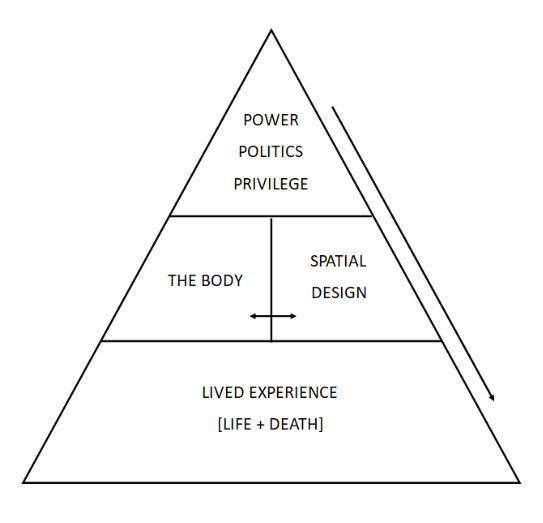
My work ranges in tone and varies in medium, it is the conceptual themes that are the focus, and the rest follows. I created this pyramid diagram to visualise how I see my areas of interest in relation to one another. I am drawn to the lived experience segment, and how the sections above inform how that manifests for both individuals and society, minorities and majorities.
I consider myself a multidisciplinary artist, with a particular interest in sculpture, installation, and video art. I also have a background in glass, and so it is a material element often but not always found in my work.
As my practice is conceptually informed, I find my most used mediums reflecting associated ideas. For example, tools or extensions of perception, such as film, photography, audio, and glass, which can inform how we perceive, engage, learn, and generate ideas of worth. Whereas, my interest in embodied and spatial interactions can be seen in my form and display methods, such as creating physical sculptural forms, some with interactive elements, and installations. I do this to engage my viewers in more than just looking, instead creating something physically tangible, something that requires their presence to complete the work, or a bodily experience. An example of this is my work You Lived, and I will Remember that (2024), which consisted of two large interactive sculptures that asked the viewer to lend themselves to the experience of queer bodies. The works were presented as large plinth-like structures, which viewers either had to crouch down low and peer into, or physically recline into. By physically engaging with the space, and feeling potential discomfort and vulnerability, viewers were confronted with how space is experienced by other bodies.
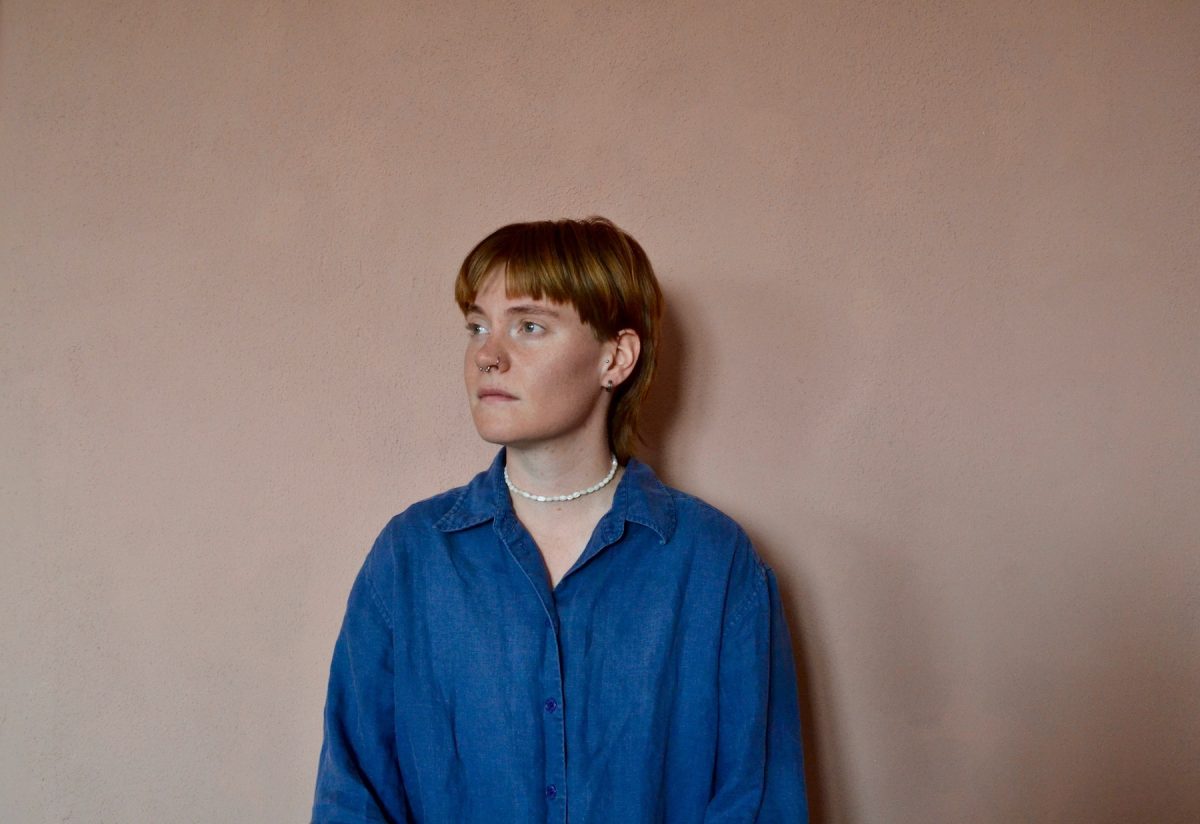
What is your methodology or process for creating a new project?
My process often begins with a line of enquiry, usually regarding themes or areas of interest, the methodology for then starting and completing a project is comprised of four stages:
Stage 1: Research and early project development
This is where I begin my research, visiting libraries and museums, mapping my field of interest/enquiry, and engaging in relevant critical conversations to establish a position, concise objects and prepare ideas for work.
Stage 2: Material tests and Maquettes
During this stage I begin making and testing, drawing from and building upon developments made in stage 1. I will usually experiment with materials and media, form and display, as well as experiential sensory phenomenology. The tests and Maquettes made during this stage are key in preparation for stage 3.
Stage 3: Feedback and Adjustments
This stage focuses on viewer experience and interpretation, requiring critical assessment. Historically, this stage leads to the greatest conceptual and aesthetic changes and developments. I often consider my practice a form of communication, so it is crucial I understand how my work is understood and interpreted. If my intentions are misinterpreted, I will gain insight and feedback on what, how and why. This stage provides the opportunity to reassess and refocus myself and the project so that I am ready for stage four.
Stage 4: Fruition of work
The outcome of this stage will reflect the development and work put into the research, testing, feedback, and objectives developed in the previous stages of the process. Resulting in the creation of a new work or the continued development of a work.

Tell us about the project you are working during your online residency at GlogauAIR
My residency project will explore how the lived experience is affected and formed through the manifestation and projection of power and privilege, onto the body, and spatial design.
I will create an audio archive that will include self-conducted interview recordings with members of the queer community, which I will edit and use together to create a non-linear narrative that underscores the profound influence politics and structures of power have on our surroundings, bodies, and behaviours. Ultimately exploring how these elements shape our lived realities, experiences, and feelings.
The participatory project will be an intergenerational anthology of queer reflection and storytelling. Accompanying the audio, will be charcoal portraits of those who have participated in the project. Drawn onto building materials like bricks and stone, which will be stacked to meet the viewer’s gaze, taking the form of pillars. Designed spaces can be understood as a physical means of storing memories, thus calling into scrutiny the erasure of queerness in built environments. The sculptural portraits and auditory encounter will weave together stories, experiences, and queer feelings, to foster a sense of togetherness and continuity.
I am interested in incorporating storytelling through prosthetic visuality and memory in the development of this project. ‘prosthetic memory,’ is a concept describing a memory that is not based in autobiographical experience but on exposure to vivid meditations generating an emotional response (such as empathy or hate) toward people and experiences of the past whom one has no connection with. Like prosthetic memory, prosthetic visuality is situated between personal ways of seeing and seeing that has been historically and socially constructed by political structures of power. Considering the collective past, much public discourse has been informed and become the product of aestheticized and meditated stories, demonstrating how societal memory is fluid and often politicised.
To remain relevant in the social consciousness, our prosthetic memories are in constant need of activation and transformation, which provides an opportunity to challenge and shift previous beliefs and alignments to such memories.
